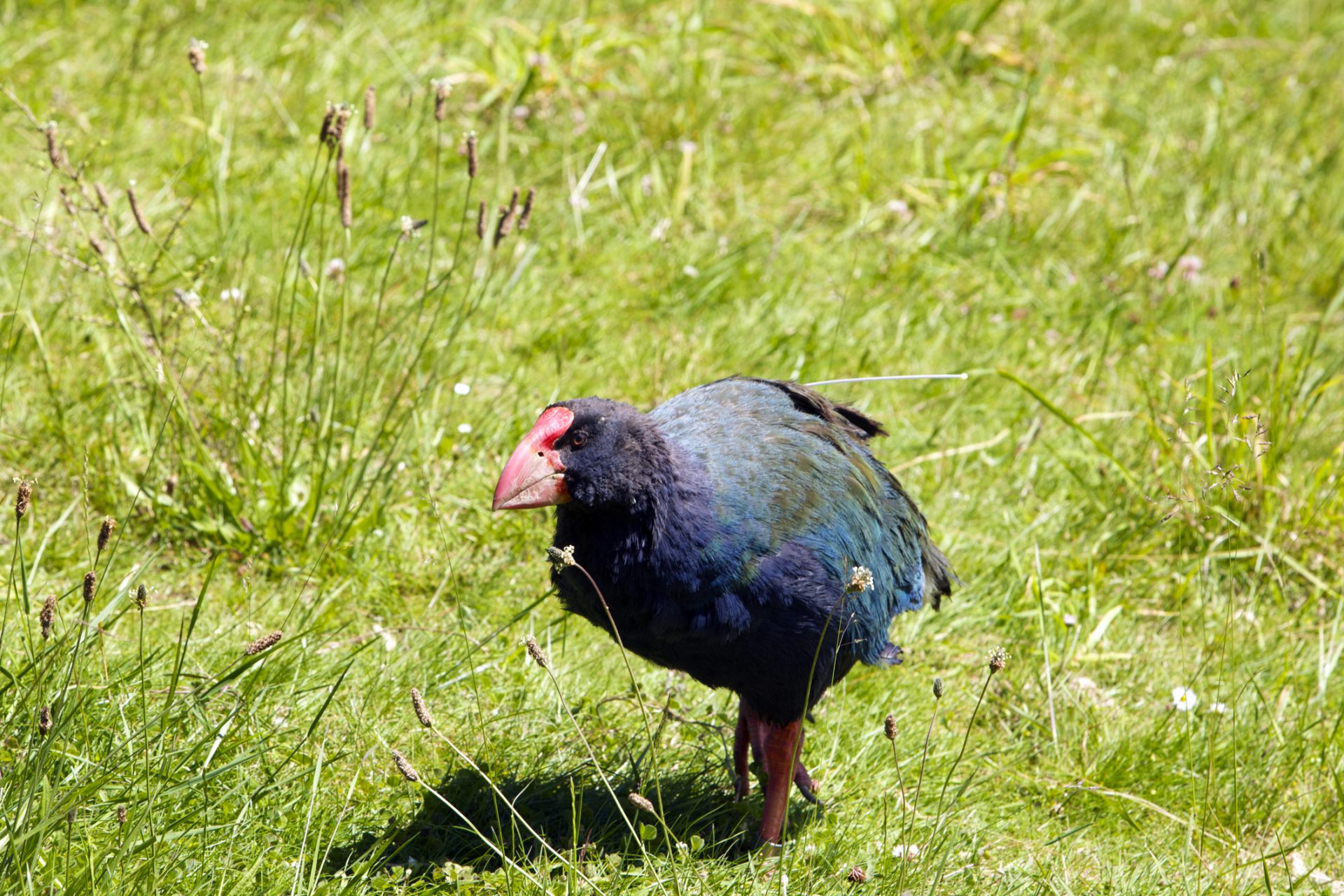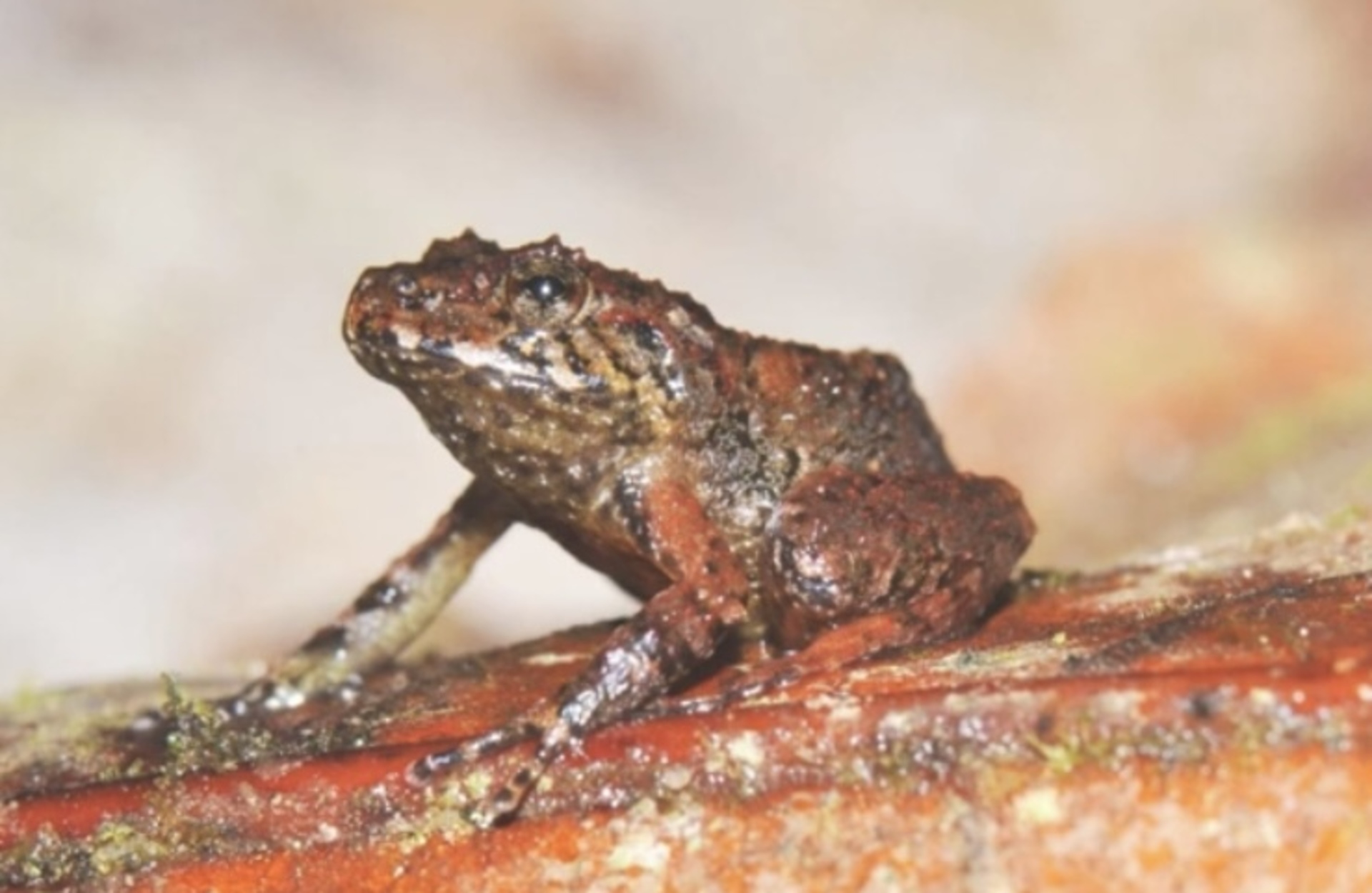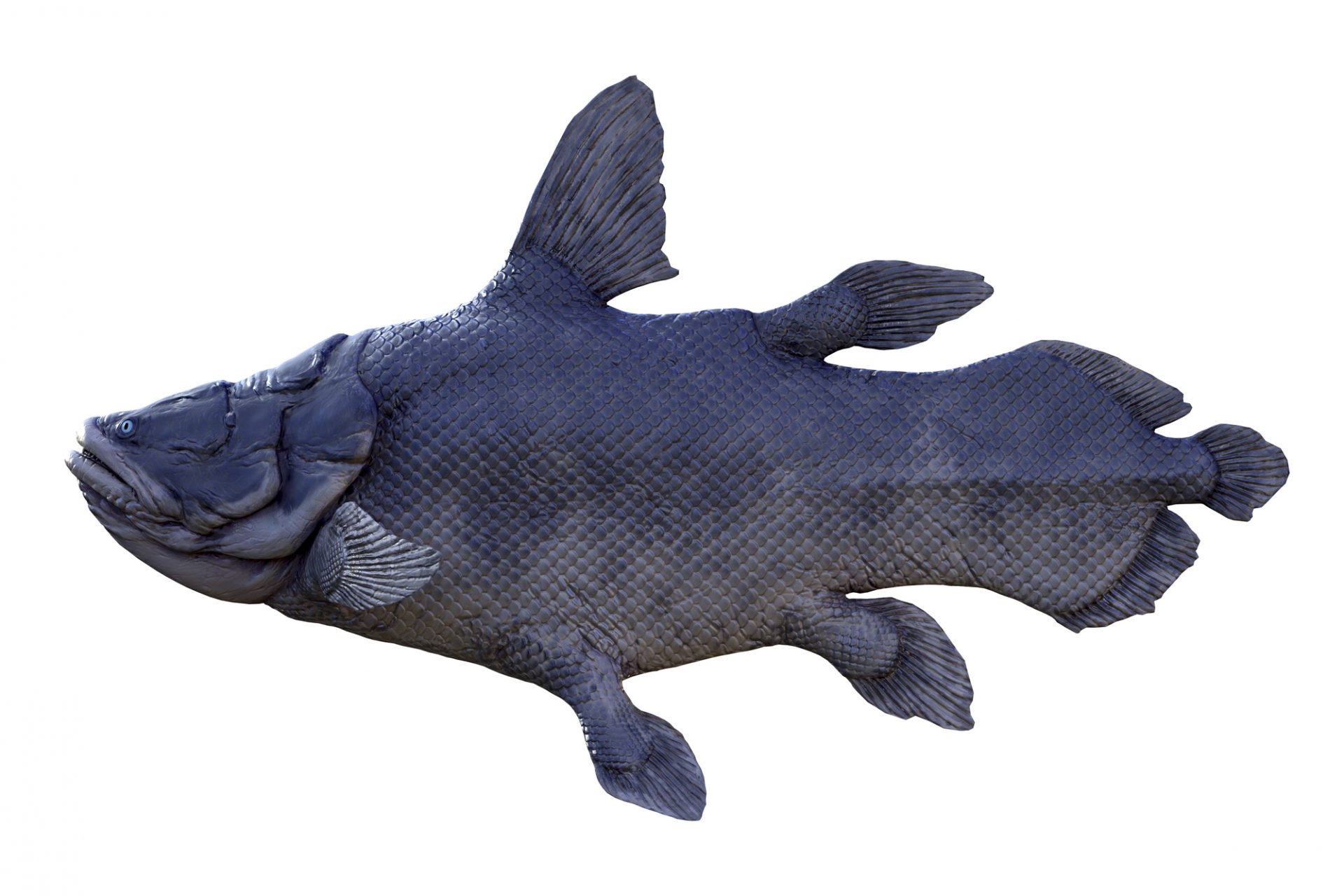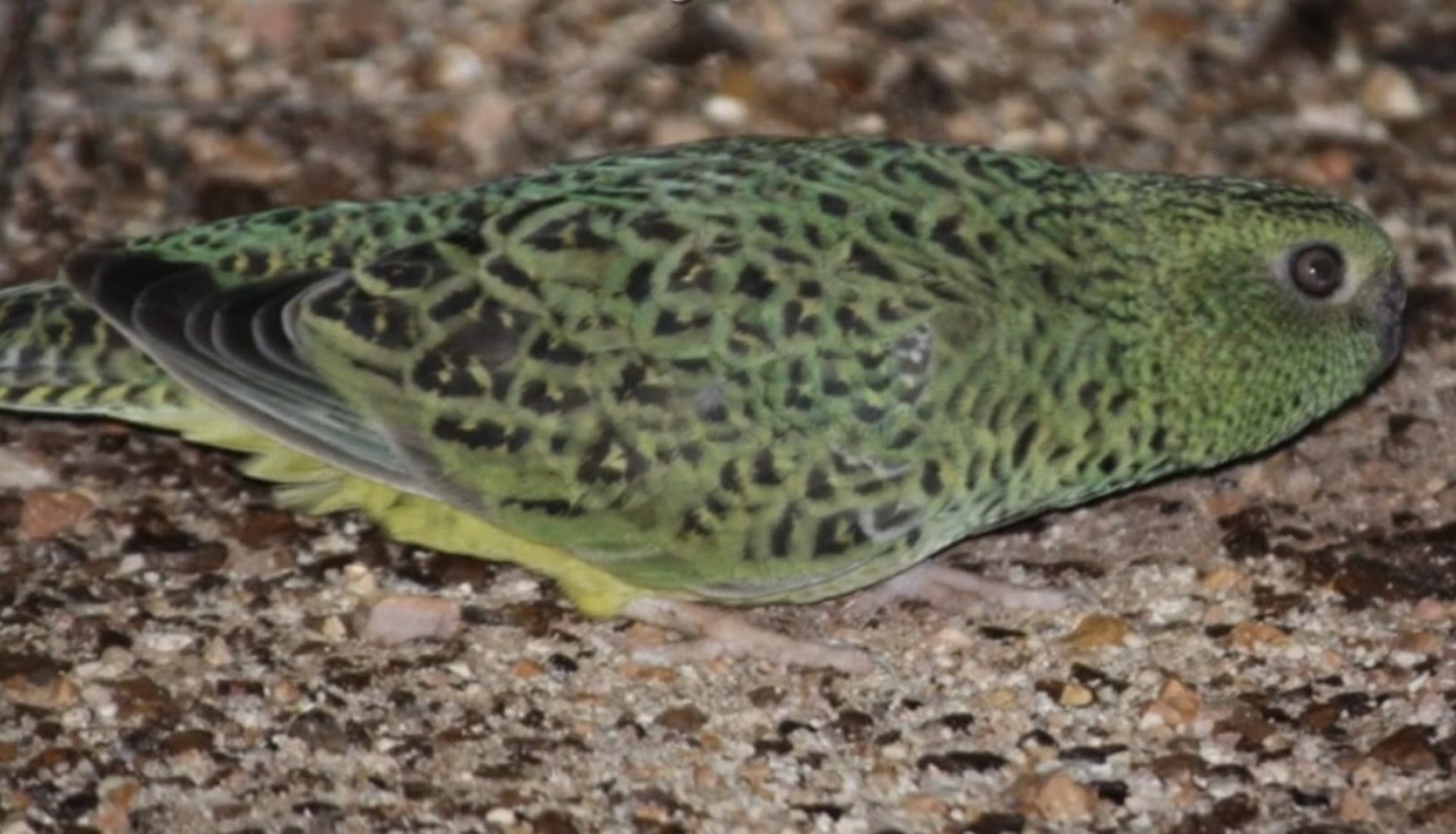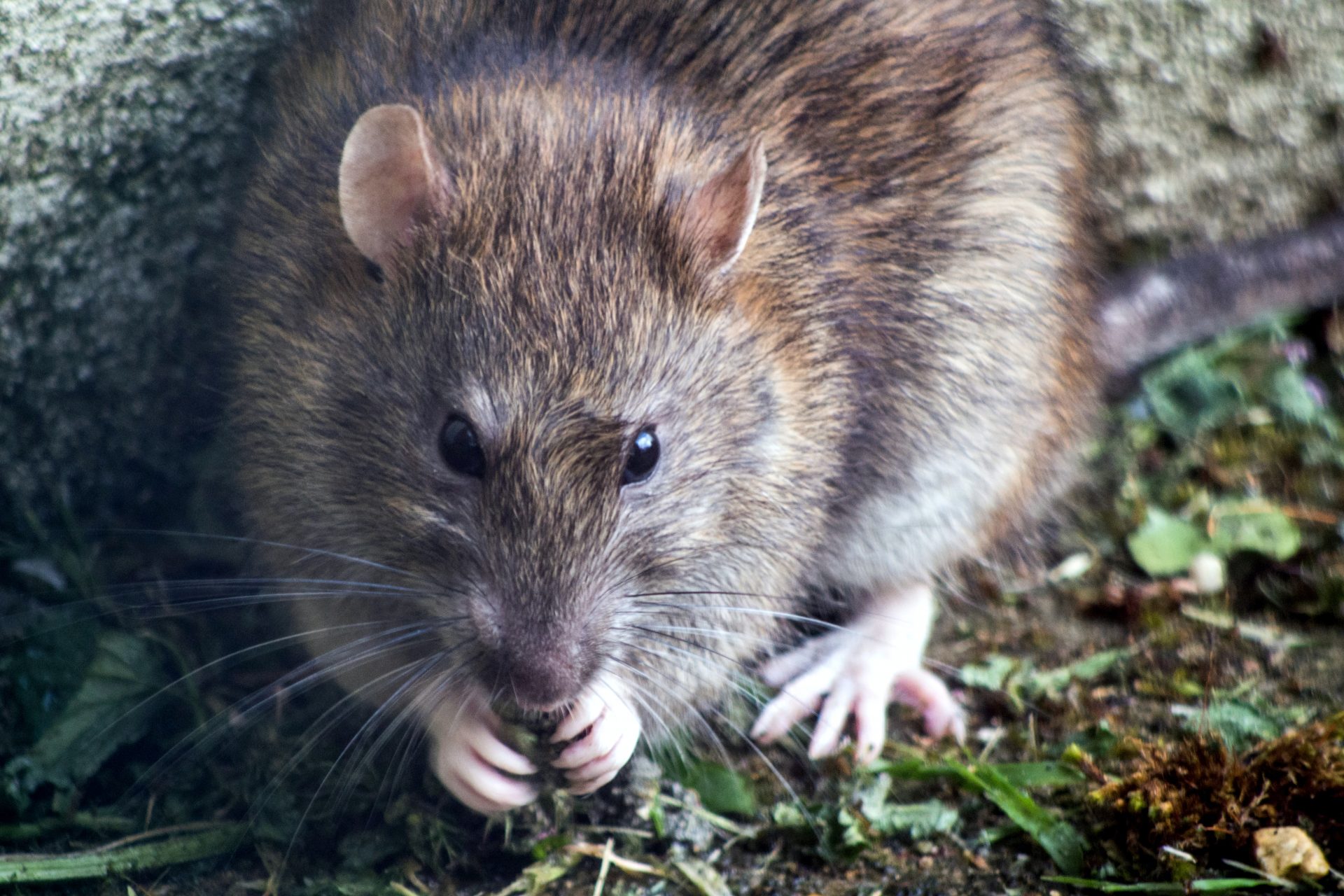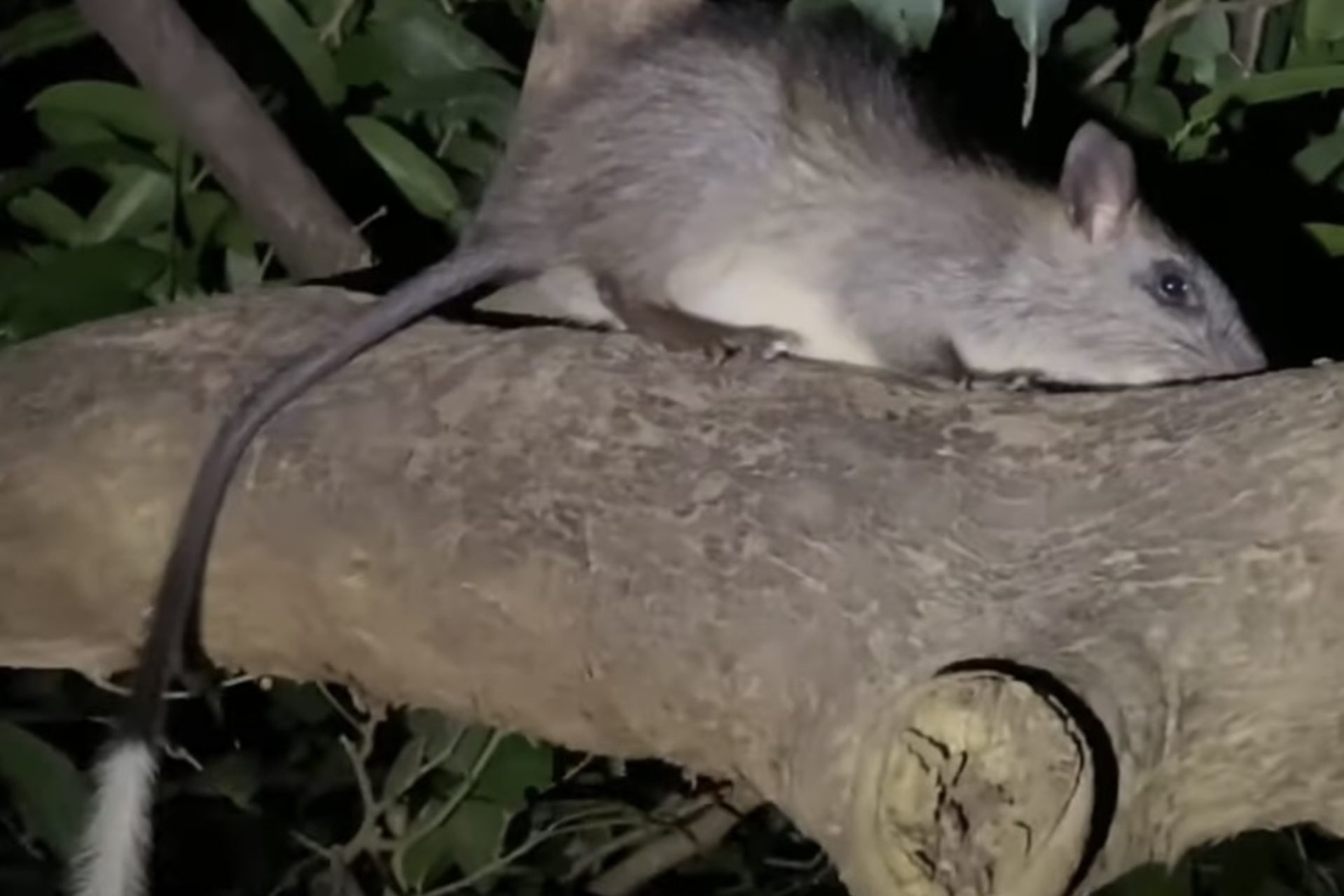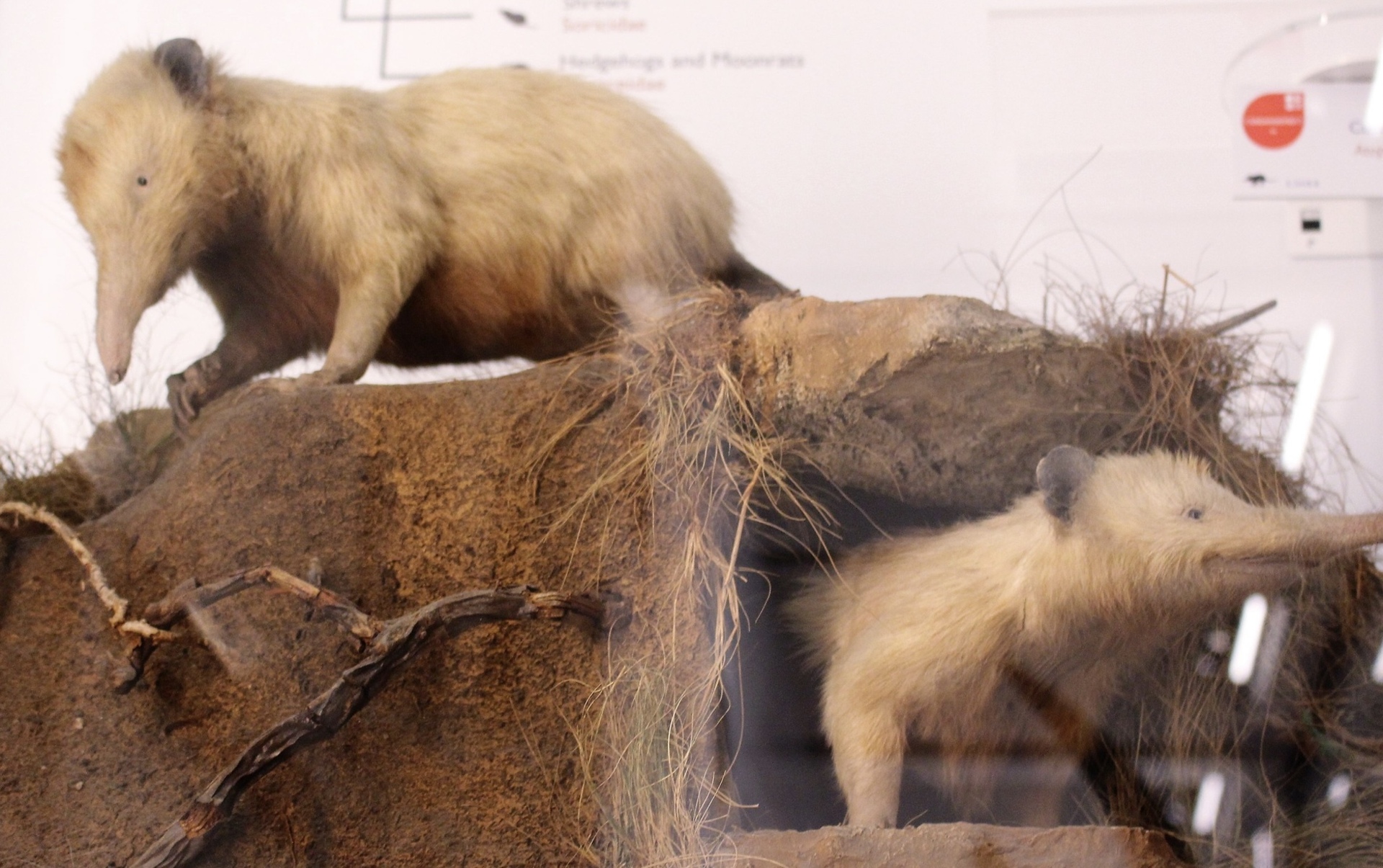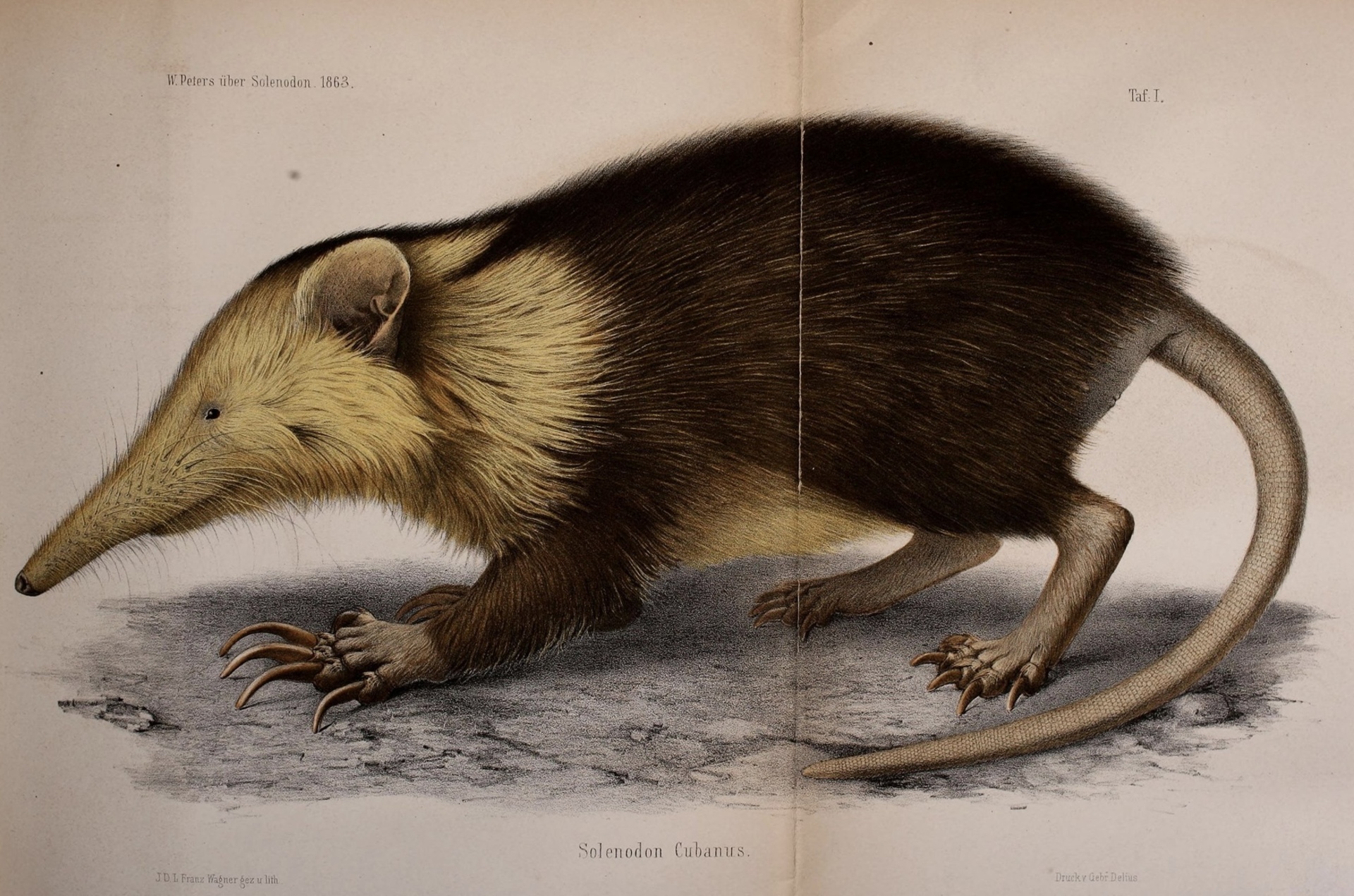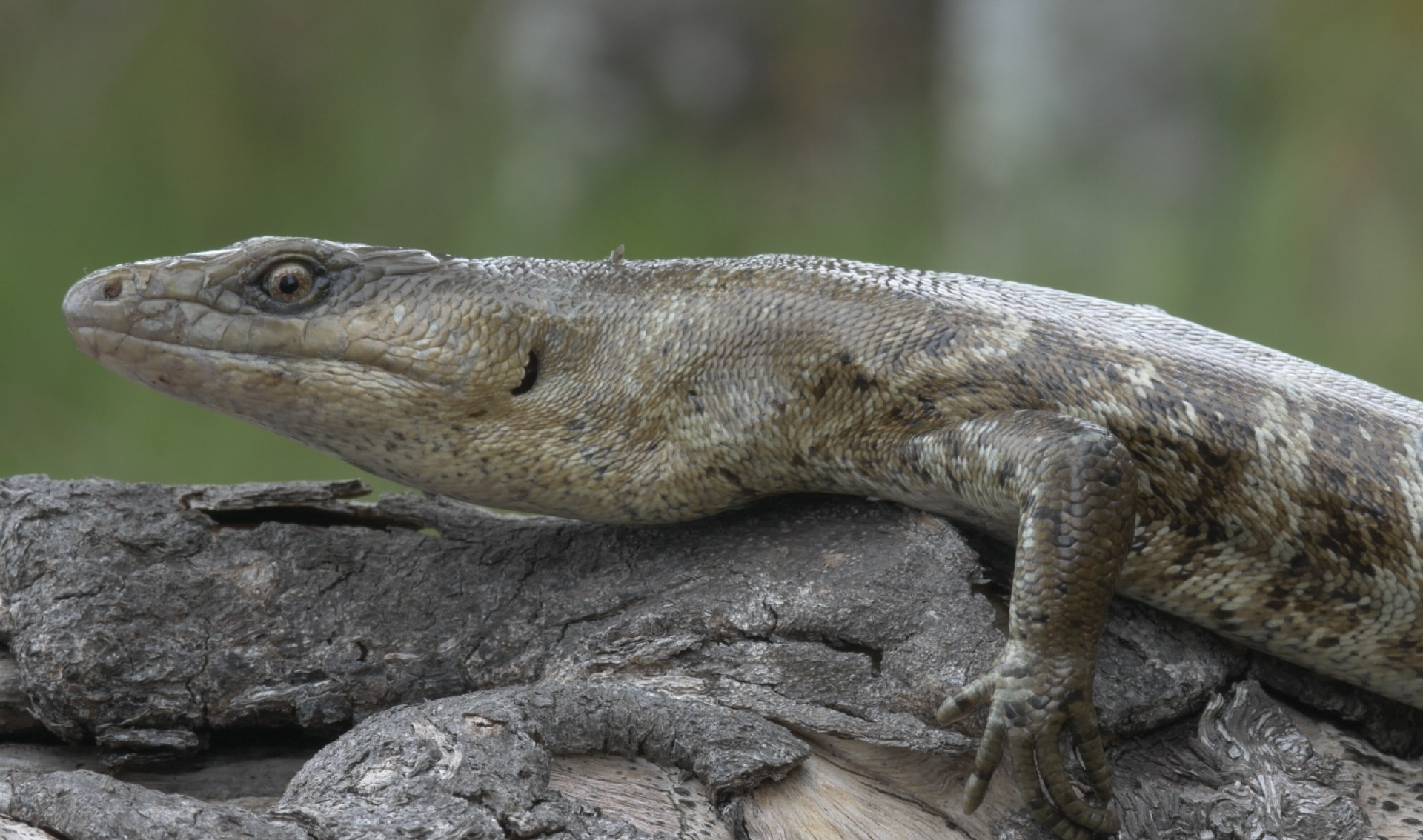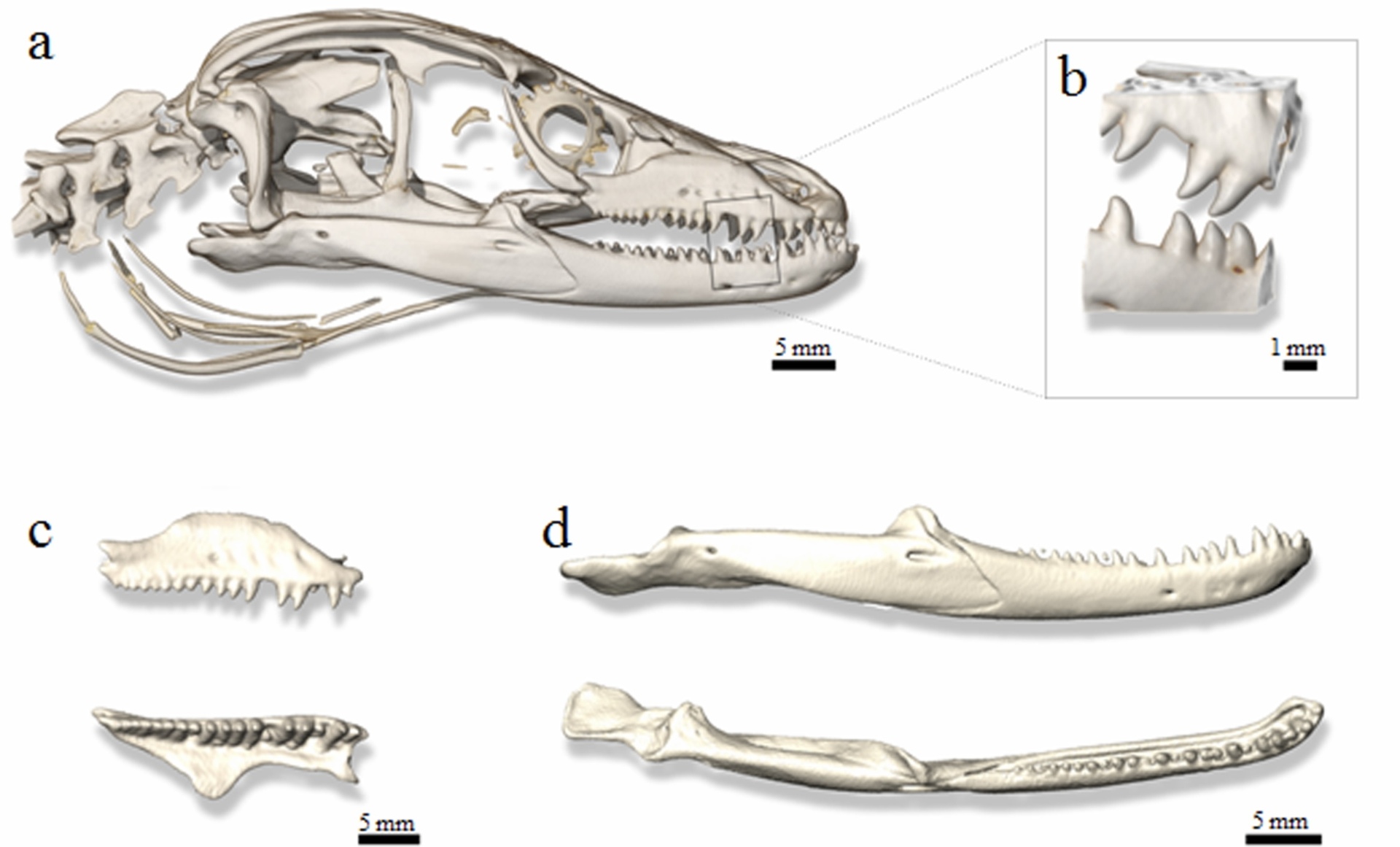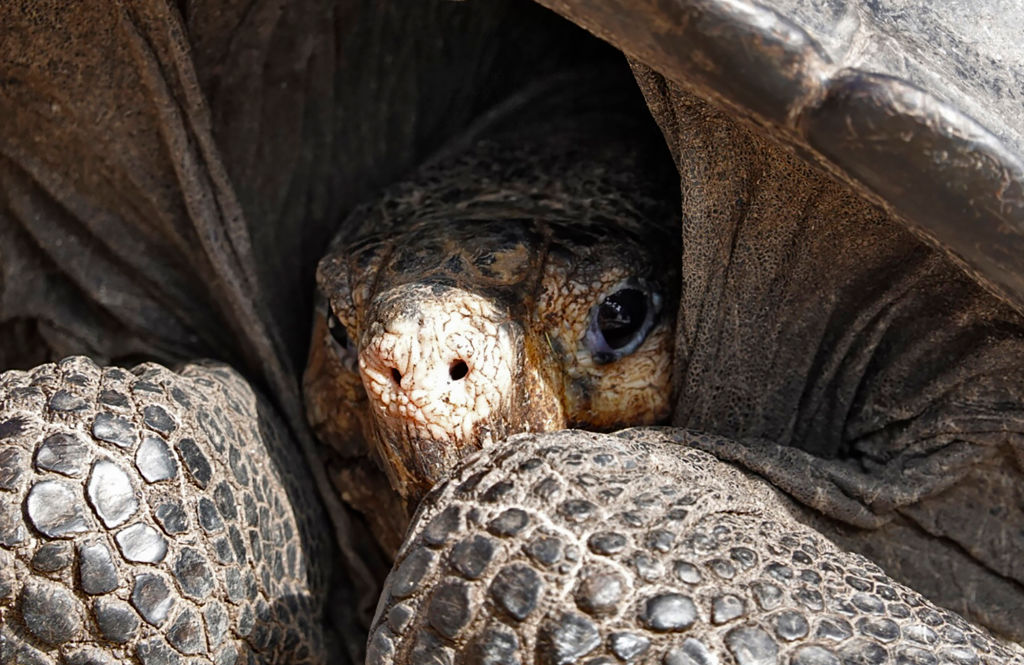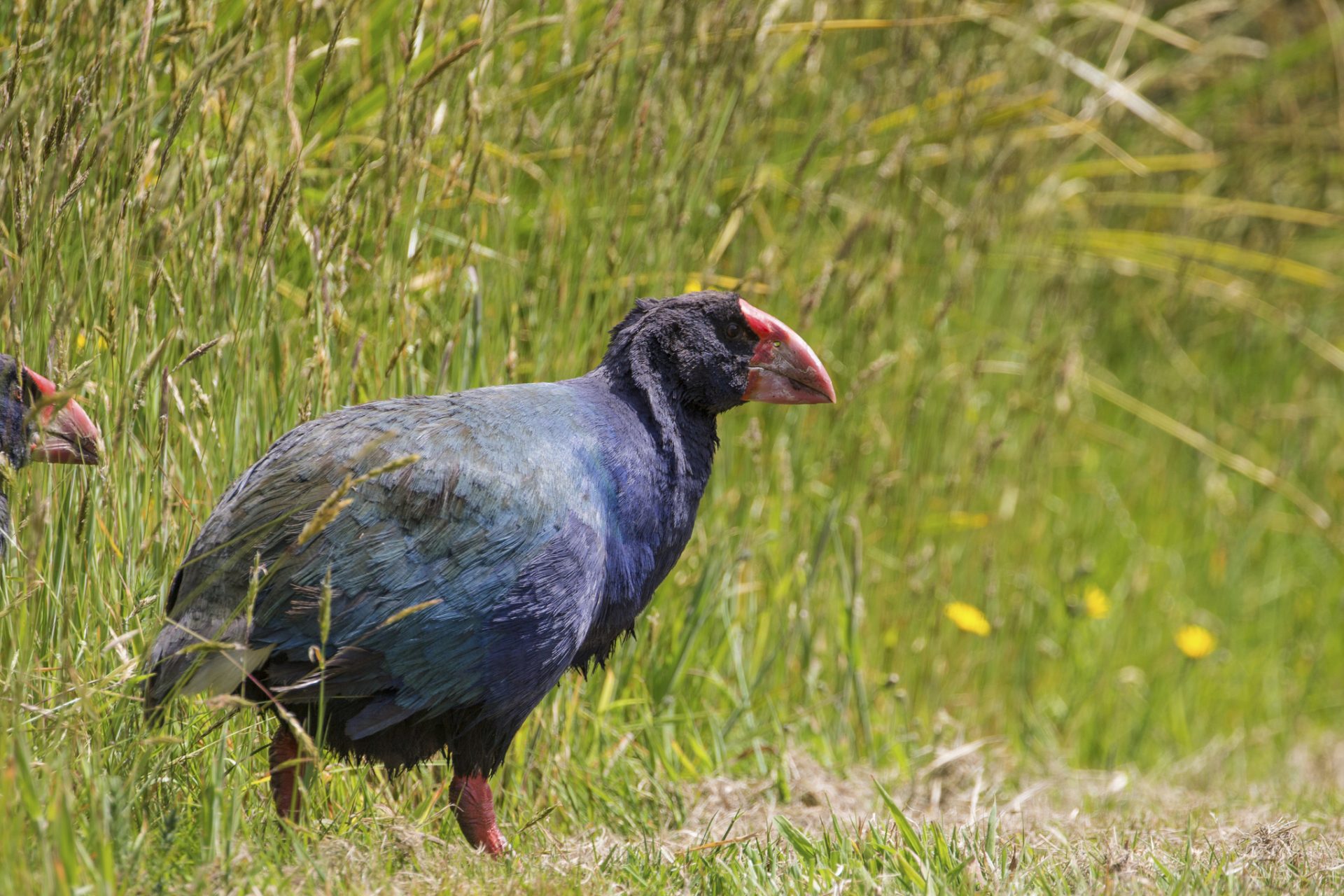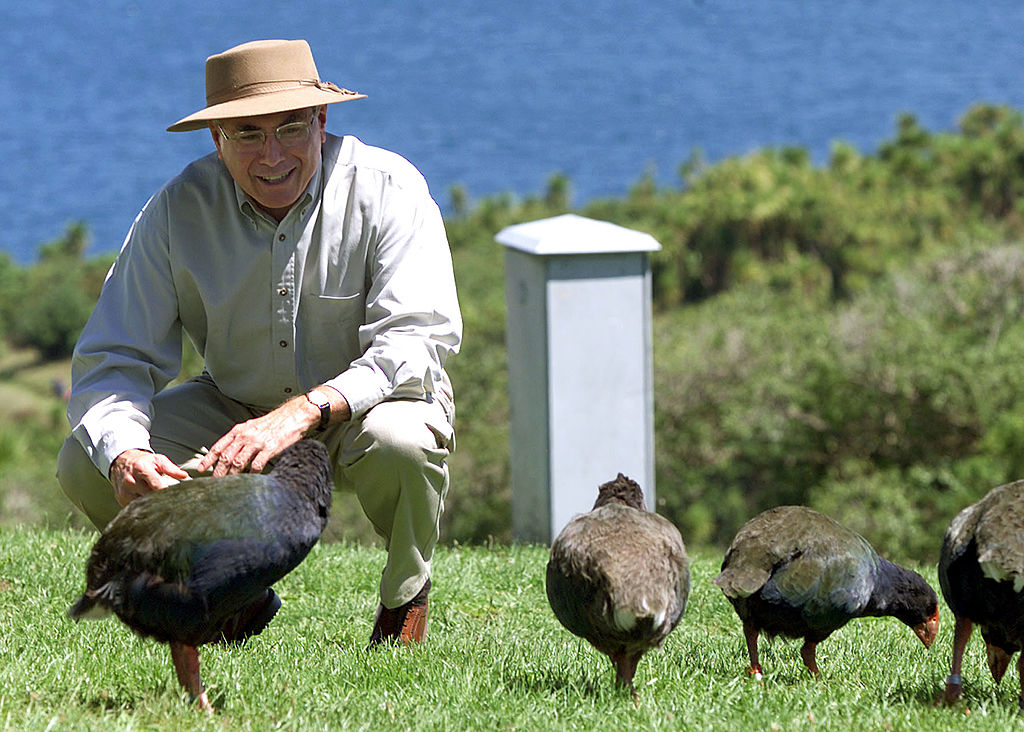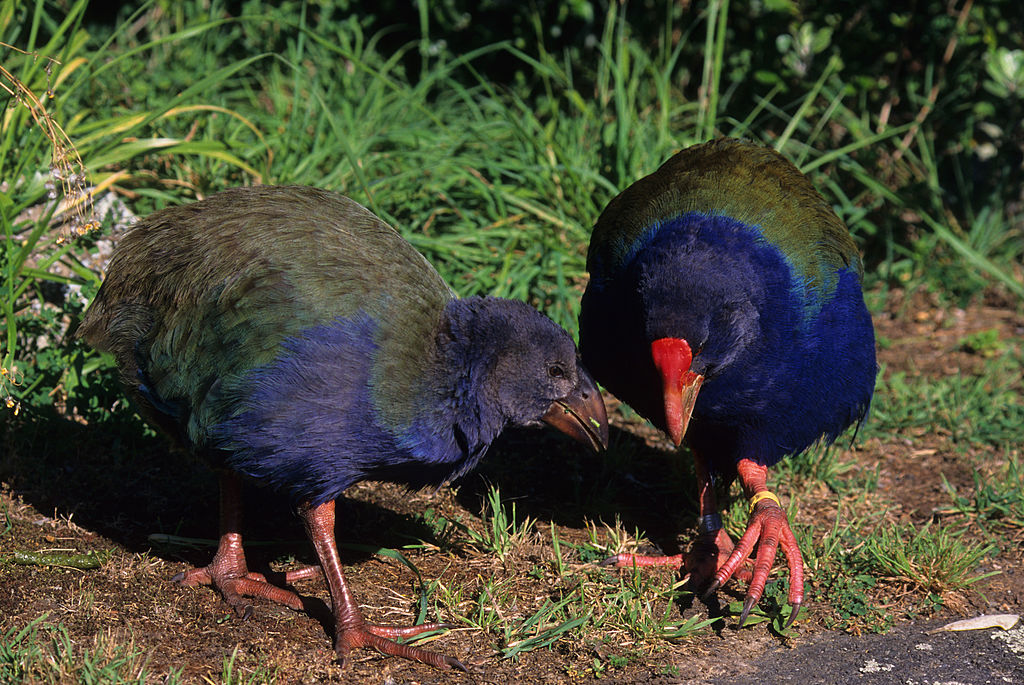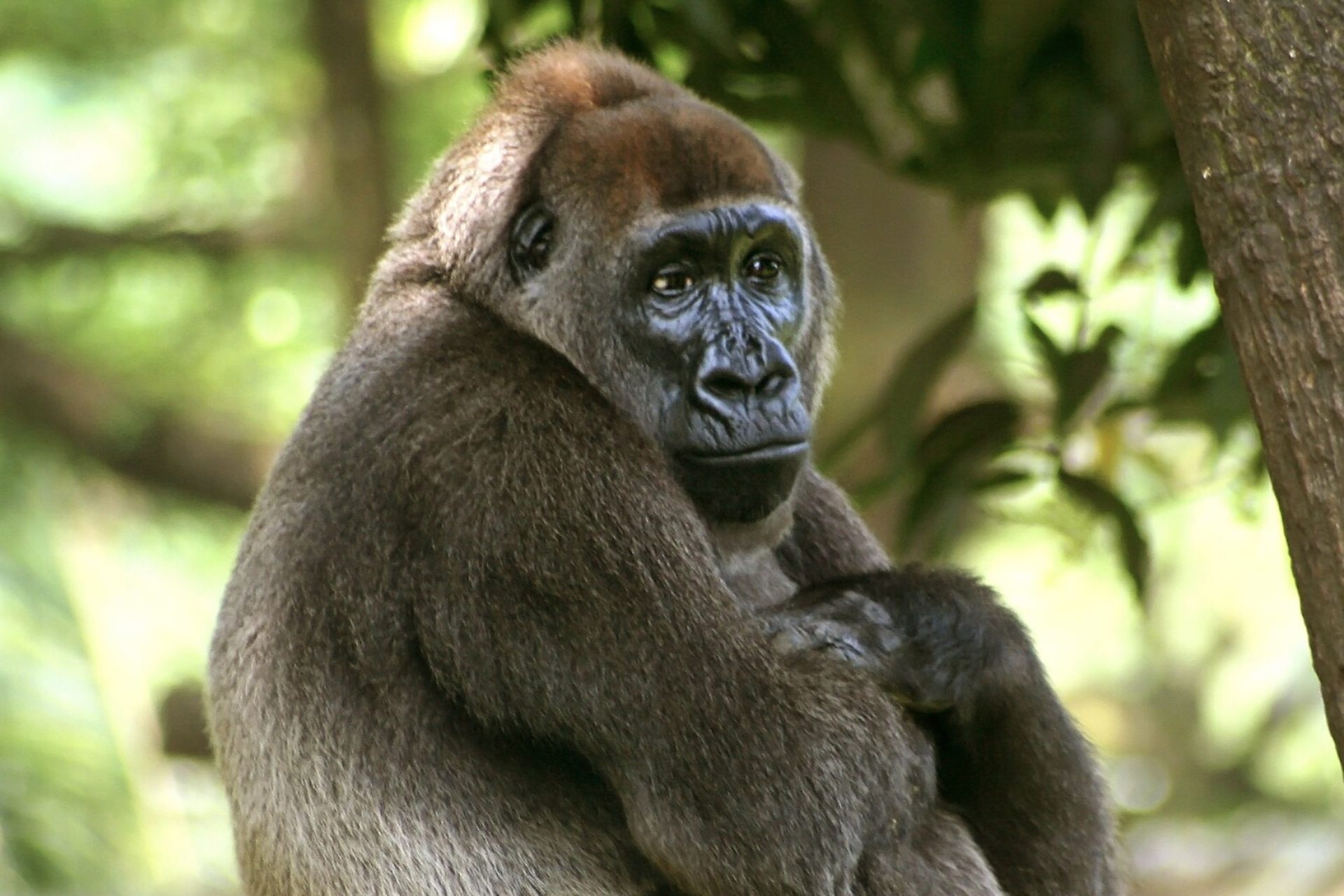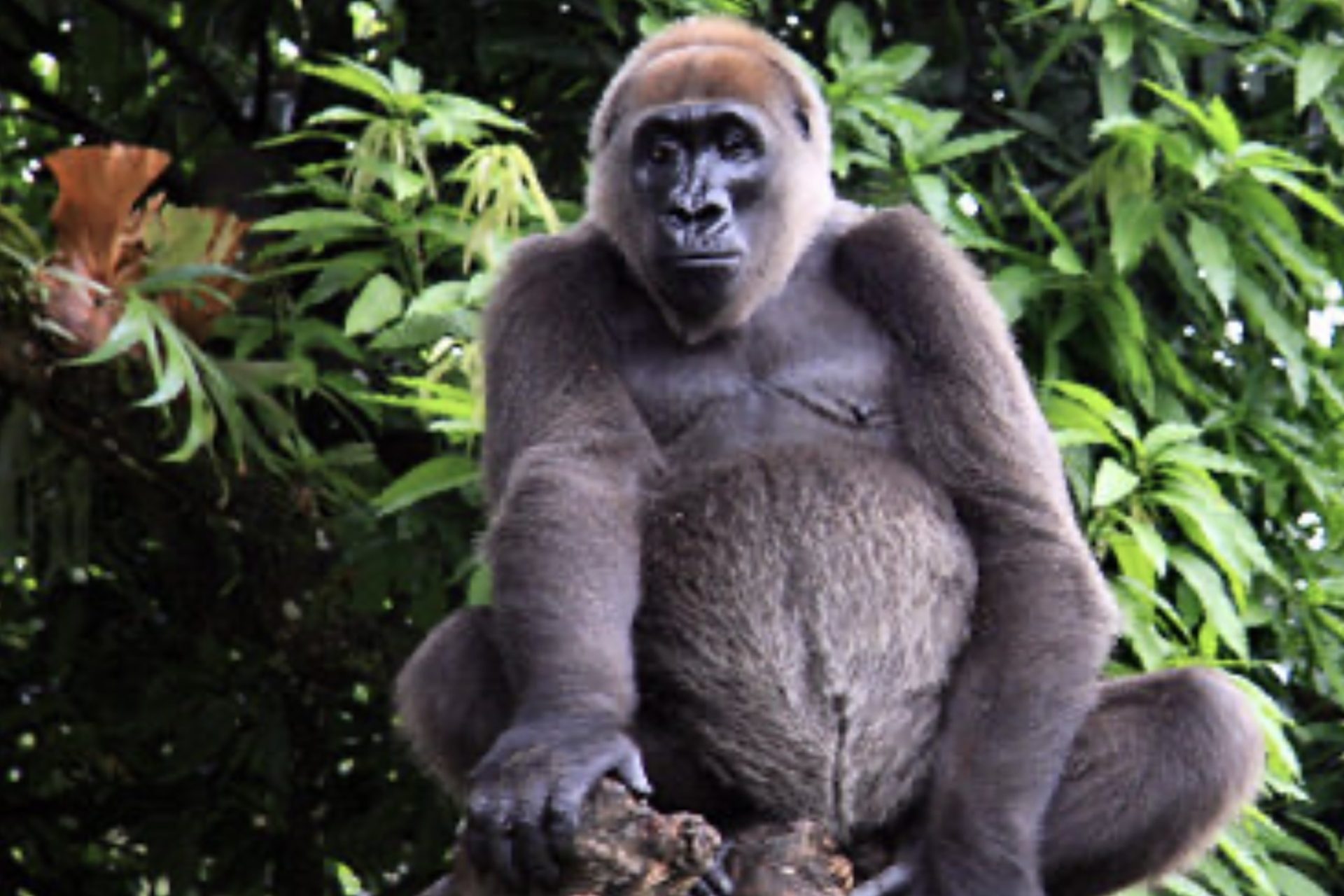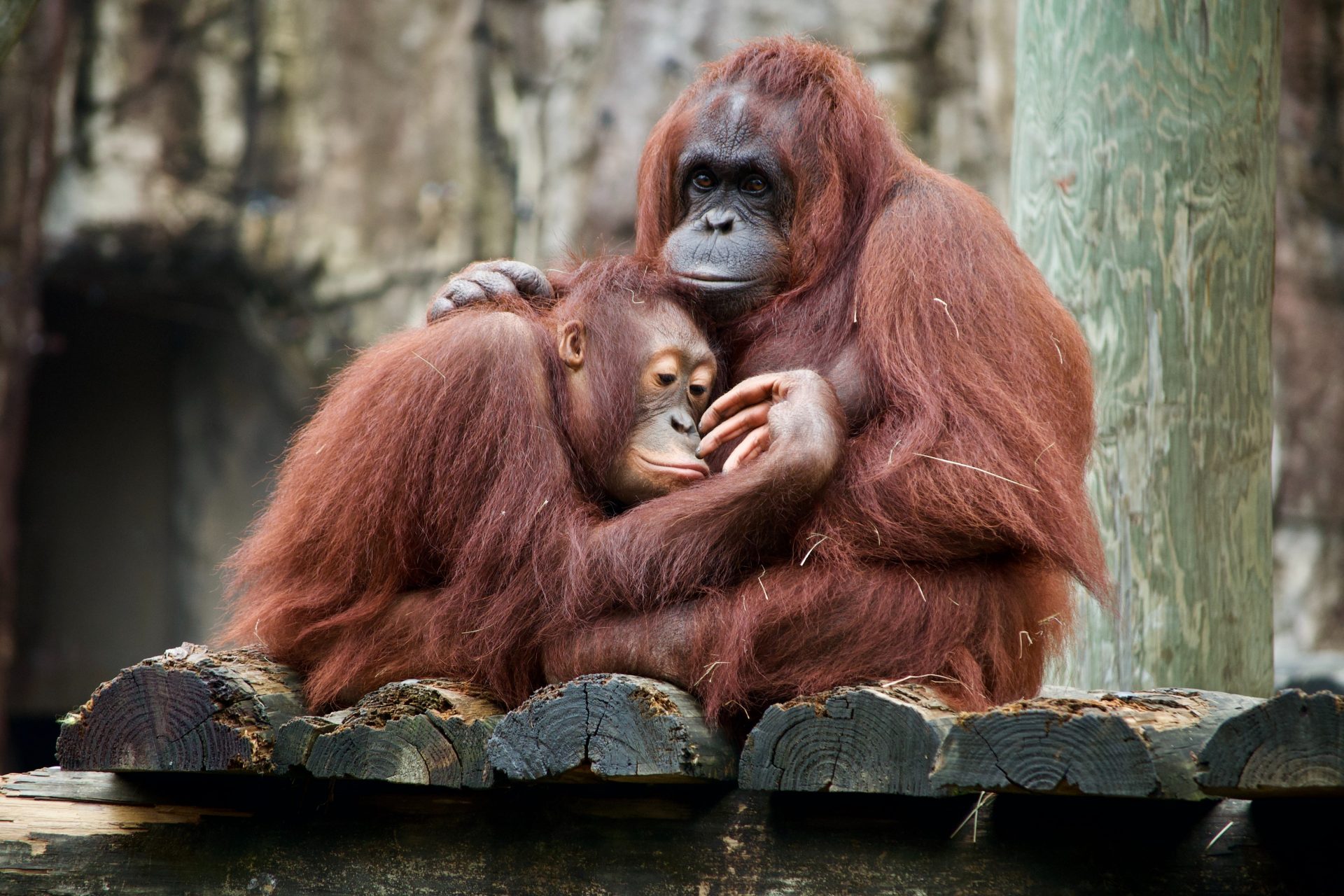Animals that were thought extinct but made a reappearance
Thought to be extinct since 1912, this little nocturnal bird was rediscovered in 2013 by Australian naturalist John Young, the BCC reported.
Photo: SciNews
Another nocturnal species native to Australia, that was thought to be extinct but made a reappearance, is the black-footed tree rat.
With black feet and a long black and white tail, tree rats weigh up to 800 grams, significantly more than the common rat (pictured), which weighs about 200 grams, Wildlife BBC reported.
Photo: Brett Jordan/Unsplash
The black-footed rat was declared extinct in 1987, believed to have been wiped out by bushfires, predatory cats and human activity, but was spotted again in 2017.
Photo: Black-footed tree rat / Terra Ranger
One of the few venomous mammals, this shrew-like nocturnal rodent, native to Cuba, was declared extinct in 1970. However, four years later, scientists spotted one, according to the American Museum of Natural History.
Photo: Wikimedia Commons
However, their habitat is still under threat, as there are some species that prey on them, and they could soon be extinct for good, experts have warned.
Photo: Wikimedia Commons
After more than a century of supposed extinction, this 20-inch long lizard native to New Caledonia in the Pacific Ocean, was spotted in 1993, according to National Geographic.
Photo: Wikimedia Commons
The terror skink, named “terror” because it’s an avid carnivore with sharp curved teeth, kept on making reappearances: in 2003, 2009, 2013 and 2018 (the latest one).
Photo: PLOS ONE
Thought extinct for 100 years the Fernandina Island tortoise, a subspecies of the Galapagos tortoise, made a comeback in 2019, Galapagos Conservancy reported.
The lone female was found on the Northwestern flank of the Fernandina Island’s volcano, in Ecuador, and is now in her fifties. She lives in Galapagos National Park Tortoise Center.
Native to New Zealand, this flightless swamphen was hunted by the Maori Indigenous people for centuries before Europeans classified it, according to the NZ department of conservation.
When colonists introduced predators such as cats and dogs, their population started to decrease to the point they were presumed extinct. But almost a century after that, in 1948, explorers found one in the Murchison Mountains (Southland NZ).
They now live in New Zealand refuges and there are about 300 individuals. In 2018, 30 takahes were released back into the wild in an effort to re-start the population, and since then other two groups of tekahes have returned to the wild, The Guardian reported.
Cross River gorillas are a subspecies of gorilla on the critically endangered list. They live in Cameroon and Nigeria’s forests but there are only 200-300 left, according to the World Wildlife Fund (WWF).
Photo: Wikimedia Commons
They were found in 1904 but left unstudied and thought extinct until 1987 when a small population was rediscovered. It wasn’t until 2009 that conservationists managed to get photographic evidence of family groups with babies.
Photo: Wikimedia Commons
As of 2023, there are more than 150,300 species on The International Union for Conservation of Nature Red List, with more than 42,100 species threatened with extinction.
Orangutans (pictured) are categorized as ‘critically endangered’ by the IUCN.
Credits: Dan Dennis/Unsplash
More for you
Top Stories



